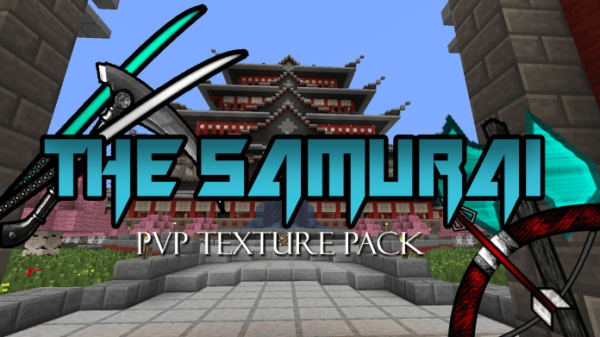
Create an untitled text file in assets/tutorialmod/models/item and name it first_item.json. Models in Minecraft are done using JSON files. Note the spelling of these directories: models/item with no s after item, and textures/items with an s. This is where all our item textures will be stored. Also, in the same place, create the assets/tutorialmod/textures/items folder. This folder goes in the src/main/resources folder. In our case, the model directory will be assets/tutorialmod/models/item. The Forge official documentation has a great resource about the difference between client and server in modding. This is because only the client side needs to know about model information.

Decide what version of Minecraft you want to make your pack for, and download the Minecraft Forge. Make a few more folders inside the one you just made: bin, mods, config. Create a new folder and call it whatever you want. Note that the value = Side.CLIENT parameter in the annotation ensures that this only happens on the client side. Find a place to work on your computer, like your desktop. This subscribes to the ModelRegistryEvent and tells the Forge model loader to look for the item model in a certain directory.

MODID ) public class RegistrationHandler Package cubicoder.tutorialmod import import import .Register import .Mod.EventBusSubscriber import .eventhandler.SubscribeEvent ( modid = TutorialMod.


 0 kommentar(er)
0 kommentar(er)
